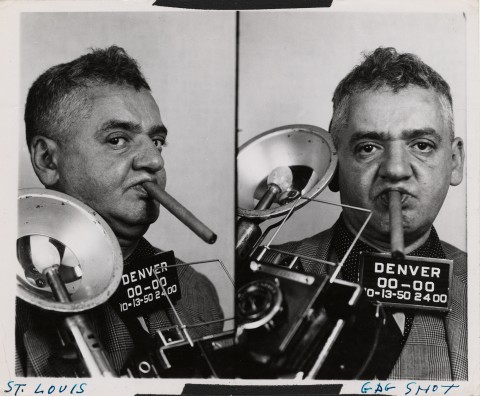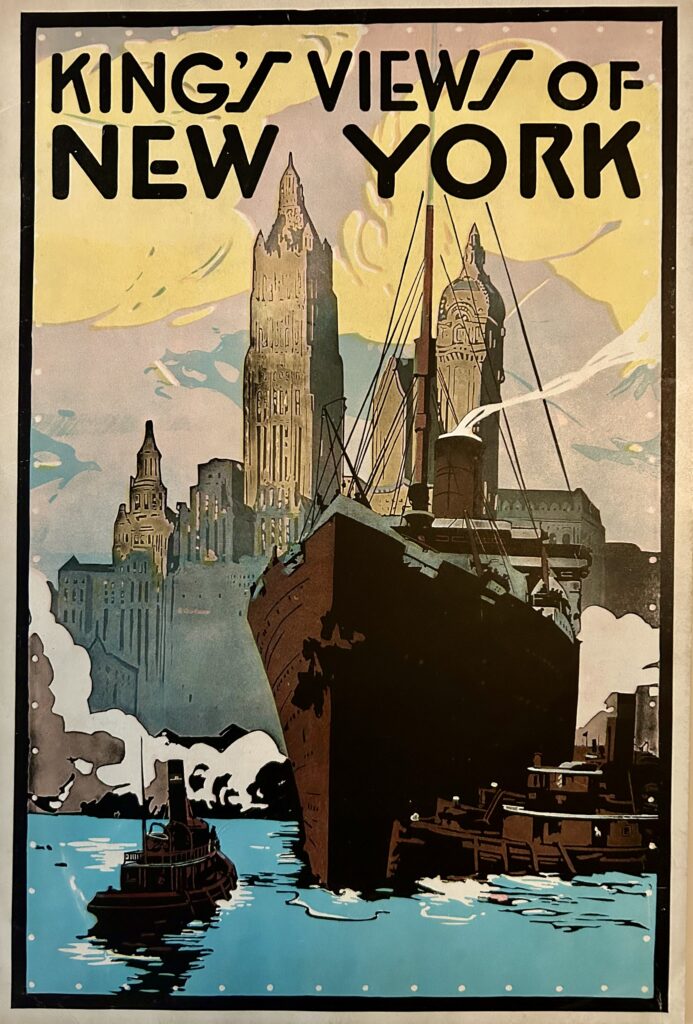
Thucydides: A Very Short Introduction, by Jennifer T. Roberts (Oxford University Press): In the introduction to his great history of the Peloponnesian War, Thucydides reckons that the absence of to muthodes (legend, myth, romance) from his narrative may disappoint some of his readers. This will seem quaint, since an eschewal of the fantastic is precisely what modern readers expect from “history”; and though we nod smilingly at the author’s stated hope to craft “a possession for all time,” it can be easy to lose sight of what made Thucydides so pathbreaking in his own day. Happily, a new entry by Jennifer T. Roberts in Oxford’s “Very Short Introduction” series brings us closer to Thucydides and his methods, the Athens he loved (and was exiled from), and the wider Greek world of the late fifth century B.C. For first-time readers especially, this is a splendid starting point. —RE

Unforgettable Gardens: 500 Years of Historic Gardens and Landscapes, edited by Susannah Charlton (Batsford): On a dreary day near the onset of spring, one could be forgiven for dreaming about the fine old landscapes and gardens of Britain. To aid in those dreams, consult Unforgettable Gardens, a lavishly illustrated production of The Gardens Trust, an organization dedicated to preserving designed landscapes in Britain. Profiling sixty gardens, usefully divided by century, this book is testament to man’s ability to shape his landscape pleasingly and features deservedly famous gardens such as that at Alnwick, with Robert Adam’s Brizlee Tower, as well as places that deserve more attention, such as the Old Town Cemetery beneath Stirling Castle, with its monuments to the Scottish Covenanters. —BR

“Weegee: Society of the Spectacle,” at the International Center of Photography, New York (through May 5): Arthur Fellig, the photographer better known as Weegee, prowled the streets of New York City in the 1930s and ’40s, documenting Gotham’s nocturnal denizens: sideshow performers, high-society divas, tenement hoodlums, gumshoe cops, and even murder victims (a police scanner and fast car often meant Weegee was first on the scene). With an unscrupulous eye for sensationalism (and no qualms about staging a shot), Weegee helped shape the image of gang-riddled, interwar New York we have today—the “Naked City,” as he called it. Yet if voyeurism was his modus operandi, it was also his subject: in his many shots of gawking crowds, he turns the blinding flash of his 4×5 Speed Graphic camera towards the perverse fascination we hold, against our better judgement, for the misfortunes of others. A new exhibition at the International Center of Photography investigates Weegee’s love of spectacle, as well as his later move to Los Angeles and his puzzling turn towards trick photography of celebrity subjects. —IS

“Wish You Were Here: Guidebooks, Viewbooks, Photobooks, and Maps of New York City, 1807–1940,” at the Grolier Club, New York (through May 10): Whether you are new to town or a lifelong New Yorker, “Wish You Were Here: Guidebooks, Viewbooks, Photobooks, and Maps of New York City, 1807–1940,” now on view at the Grolier Club, should have you covered. This exhibition of more than one hundred objects from the collection of Mark D. Tomasko includes some of the first guidebooks to the city dating from the early nineteenth century. Other highlights are guides to the Crystal Palace of 1853–54, the wary guidance of Humphrey Phelps’s Lions of New York (1853), and Moses King’s sumptuous Handbook of New York City, first published in 1892. Maps, specialty guides, and panoramas round out this historical view of New York through the traveler’s eye. —JP
Podcast:
“Music for a While #99: Charity, malice & more.” Jay Nordlinger, music critic of The New Criterion, talks music—but, more important, plays music.
Dispatch:
“Phenomenal Paul Jenkins,” by Elroy Rosenberg. On “Paul Jenkins,” at Timothy Taylor, New York.
By the Editors:
“Ending America’s addiction to high debt, big government was never going to be easy”
Roger Kimball, The Telegraph
From the Archives:
“Alfred Duggan’s past,” by John Derbyshire (February 2005). On the author & his mastery of historical fiction.

















